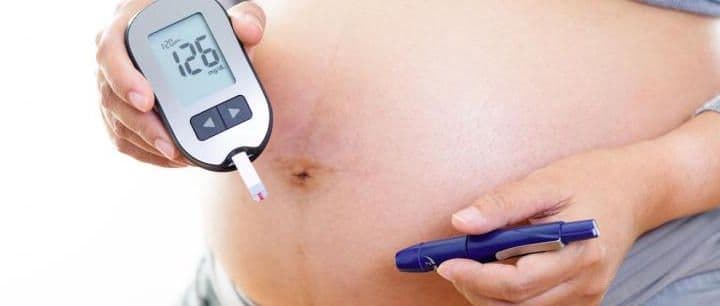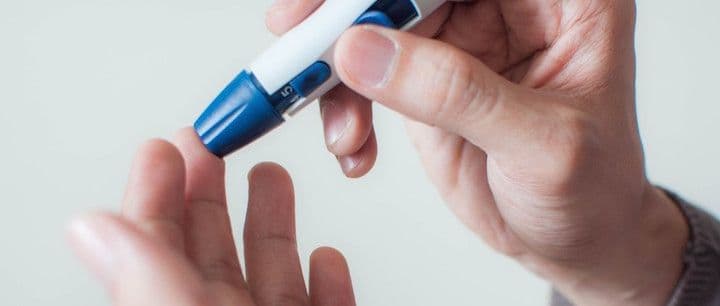Diagnosing Gestational Diabetes
Diabetes
Obie Editorial Team

Gestational diabetes affects how your body manages sugar and insulin production during pregnancy. The aim is not to cause concern but to equip you with the knowledge to take charge of your health and protect your well-being. While gestational diabetes can lead to blood sugar imbalances and impact fetal growth and delivery potential, knowledge is your ally. Understanding your condition empowers you to take proactive, informed steps.
Interesting Fact: Approximately 15-25% of pregnant individuals experience elevated glucose levels during the standard 1-hour glucose test.
Glucose Screening During Pregnancy
During your early prenatal visit, your provider will assess diabetes risk factors, such as family history, possibly testing for diabetes early if needed. For most, the routine screening is conducted around weeks 26-28 of pregnancy.
The glucose challenge screening test is the first step. You'll consume a glucose-rich beverage, then have a blood test after one hour to check your glucose levels. This quick test helps screen for elevated glucose levels:
- A result below 140 mg/dL suggests you are in a healthy range.
- A reading above 140 mg/dL may require further testing, with some clinicians acting at 130-135 mg/dL.
If your results are elevated, remember, this is common, affecting 15-25% of women. It doesn't indicate a problem but encourages the next step, the 3-hour glucose tolerance test, to ensure everything stays on track.
The 3-hour Glucose Tolerance Test
The glucose tolerance test provides a deeper check. You'll fast for 14 hours to establish a baseline fasting glucose level. Then, you'll consume a glucose solution, and blood samples will be taken over 3 hours to monitor your body's ability to process sugar.
The decision criteria (Sullivan criteria) for this test are:
- Fasting: 95 mg/dL
- 1-hour: 180 mg/dL
- 2-hours: 155 mg/dL
- 3-hours: 140 mg/dL
What if You Have Gestational Diabetes?
If gestational diabetes is diagnosed, you can rely on lifestyle changes and medical guidance to manage it. Typically, two out of four blood samples are needed to confirm a diagnosis, though even one elevated test might prompt dietary and lifestyle adjustments to proactively support your health.
Upon confirmation, you'll collaborate with your healthcare team on a personalized treatment plan, which may include diet modifications, potential insulin therapy, and appropriate exercise. Regular monitoring empowers you with real-time data, helping maintain optimal glucose levels. Plus, in most cases, gestational diabetes resolves post-birth, so you can greet your newborn with renewed vitality.
Approach this chapter with assurance and knowledge-driven action. Lean on your healthcare team and arm yourself with practices that uphold your and your baby's health. Together, you are resilient and prepared for what's ahead!
Read More









